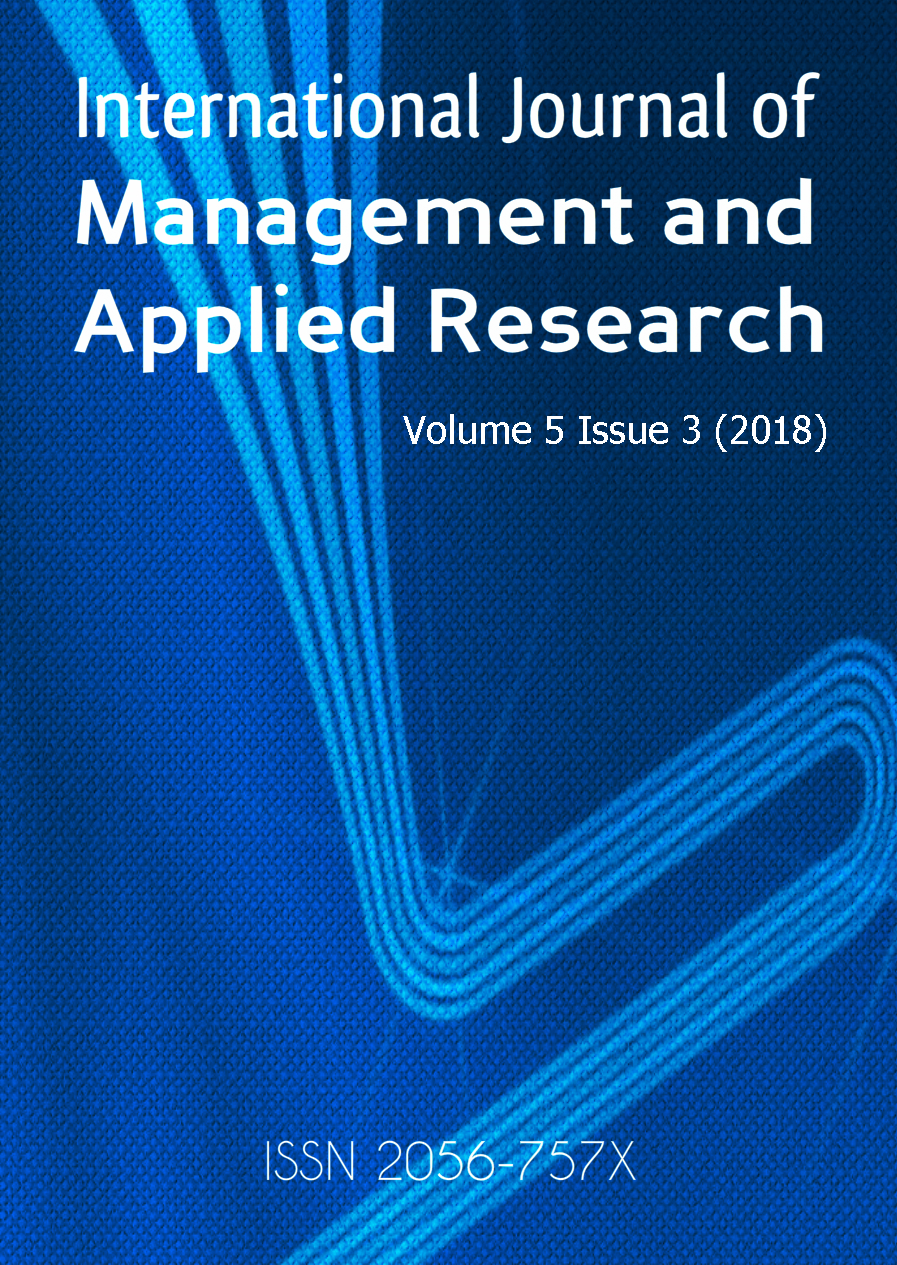Evaluation of ‘Right to Disconnect’ Legislation and Its Impact on Employee’s Productivity
Evaluation of ‘Right to Disconnect’ Legislation and Its Impact on Employee’s Productivity
Author(s): Luc PansuSubject(s): Business Economy / Management, Human Rights and Humanitarian Law, Labor relations, ICT Information and Communications Technologies
Published by: New Millennium Discoveries Ltd
Keywords: Right to Disconnect; Work-Life Integration; Well-Being; Policy; Employee Relation; Productivity;
Summary/Abstract: The purpose of this paper is to examine the French “Right to Disconnect” legislation from a holistic point of view and to assess its impacts on workers’ productivity. This study adopted a qualitative approach, using semi-structured interviews and a questionnaire. It was found that there is a positive perception towards the legislation by the French workers, including the management level. However, results show that little has been implemented practically in French organisations due to several main obstacles that were deeply rooted in the current work culture. Nonetheless, some workers and managers have taken actions despite the lack of support from top management. This calls for a change in mindset to adapt to a changing workforce. The “Right to Disconnect” legislation will continue to spark debate in its current form. The “right to a chosen connection” appears to be a more flexible terminology for the workers and the organisations, and could, therefore, be more accommodating in the current work environment. This terminology may represent the future and would benefit from further investigations. It is recommended for organisations to engage in a dialogue with staff representatives, to draw a charter regulating the use of digital tools but also to practically implement a set of best practices described in the paper. Restrictive and educative actions are also discussed in the study. The value of this study is in its holistic approach on a recent topic not yet investigated in the academic literature. This explorative study not only sheds a light on the barriers to implement the “Right to Disconnect” in the workplace, but also highlights a need to adjust the use of digital tools in order to protect the workers.
Journal: International Journal of Management and Applied Research
- Issue Year: 5/2018
- Issue No: 3
- Page Range: 99-119
- Page Count: 21
- Language: English

